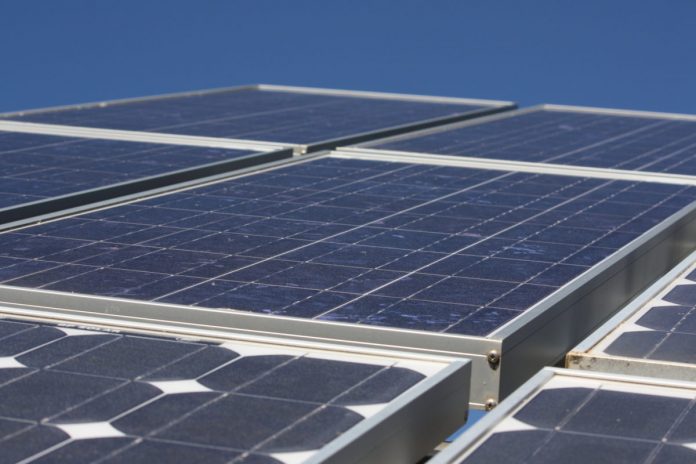A research group from Tunisia’s Carthage University has developed a method of analytically determining the characteristic I-V profile of a PV system under partial shading.
Described in the study Modeling PV installations under partial shading conditions, published in SN Applied Sciences, the method was conceived to determine the I-V characteristics and to use them to profile PV module strings.
The method was tested on two parallel, connected, 72-cell modules with a power output of 180 W, with each module having the cells connected in series and organized in three strings. Each string had 24 cells and was protected by a bypass diode. The average irradiance and temperature used in the test were 420 W/m2 and 60 degrees Celsius, respectively.
Segmentation
To partially shade one device, the researchers covered a cell in its string with cardboard, halting the cell’s power generation. Three tests were carried out, each with different shading conditions on the PV array.
“The procedure to obtain the characteristic I-V of the whole PV array consists [of] the segmentation of all the characteristic I-V of module strings according to different voltage values, and summing the currents at each of the characteristics of the module string for the same value of voltage,” the Carthage group stated.
The I-V curves obtained could form a database to determine partial shading condition and detect possible failures caused by soiling or obstacles on PV cells, according to the researchers.
Other applications
The Carthage group said the model is also suitable for intermediate irradiation values, rather than being limited to 0% or 100% values, and could be used in the control part of PV emulator systems.
“Manufacturer’s data sheets cannot provide all the information required to model the PV array in various operation conditions,” the scientists said. “Therefore, a method to obtain the required parameters from the available technical data is needed.”
A study last month attempted to evaluate the accuracy of the mathematical models used by the PV industry and researchers to assess the performance of solar modules under varying irradiance and temperature conditions. Scientists analyzed the basic models used to evaluate the I-V profile of modules using a graphical representation of the relationship between the voltage applied across an electrical device and the current flowing through it.






